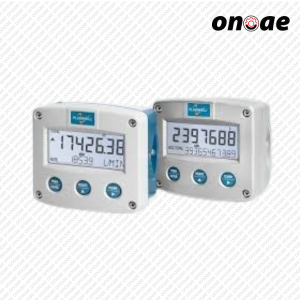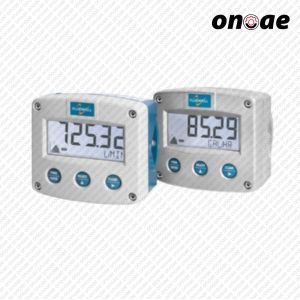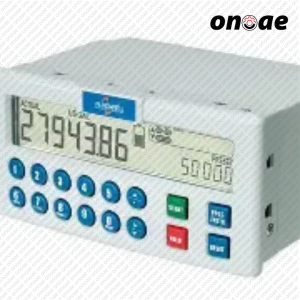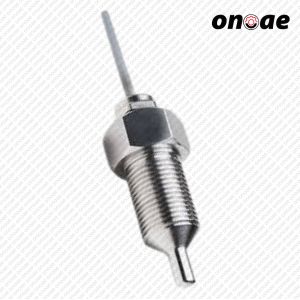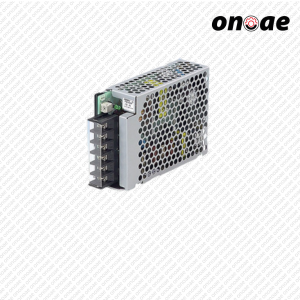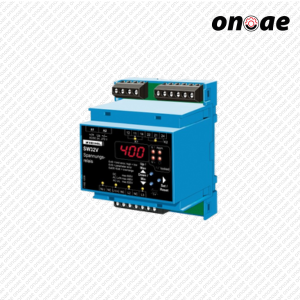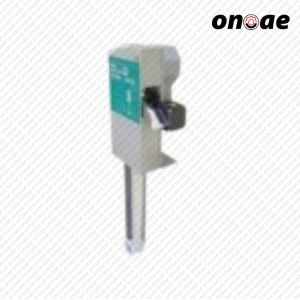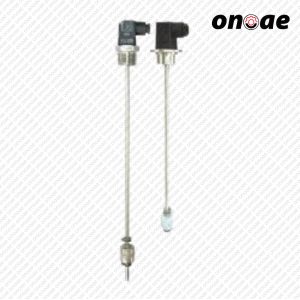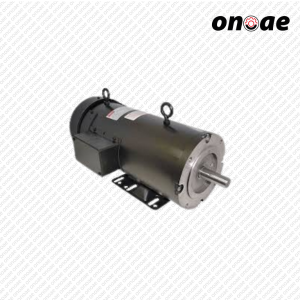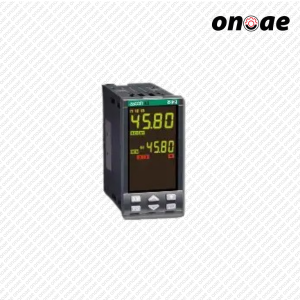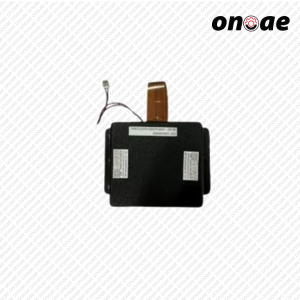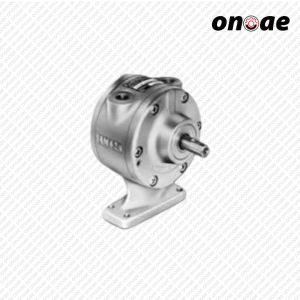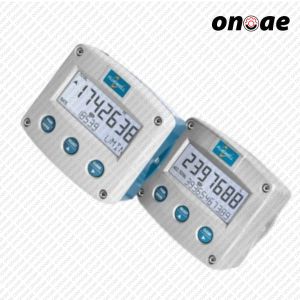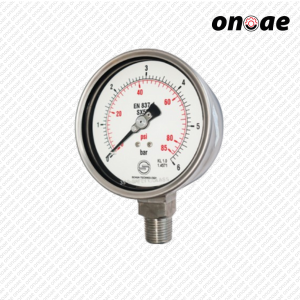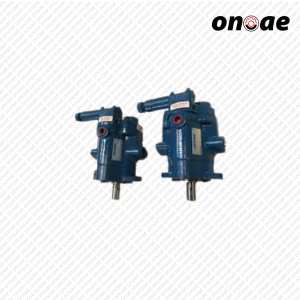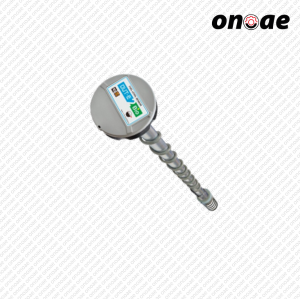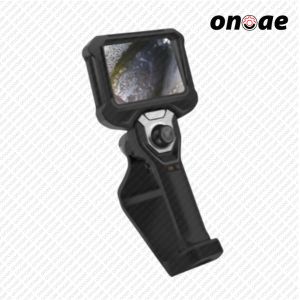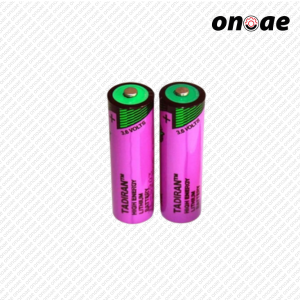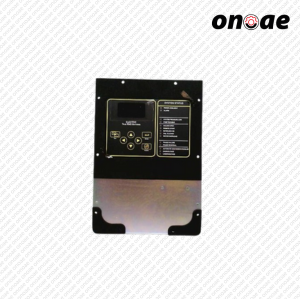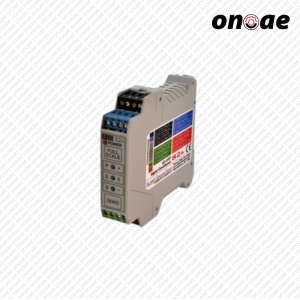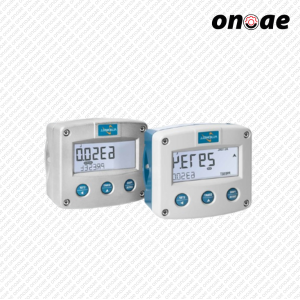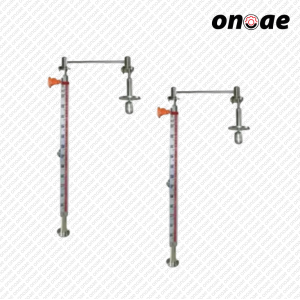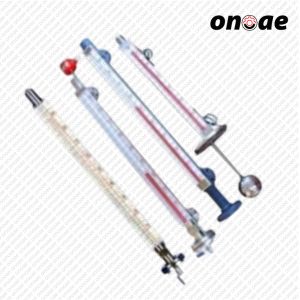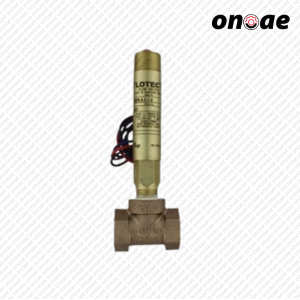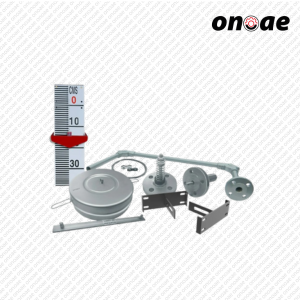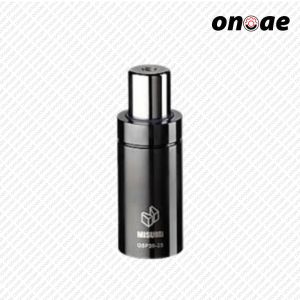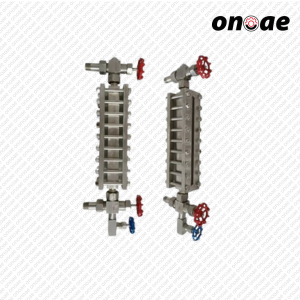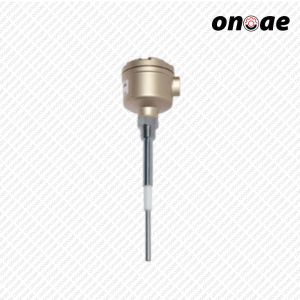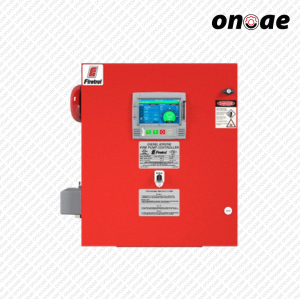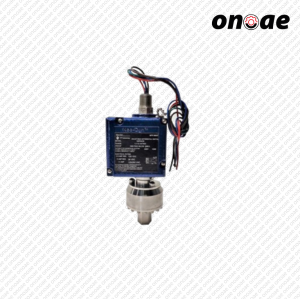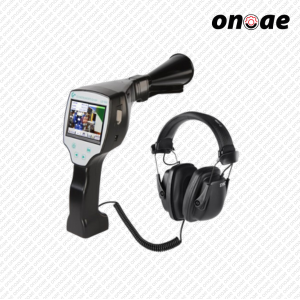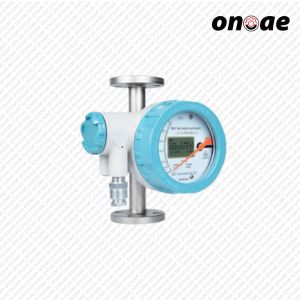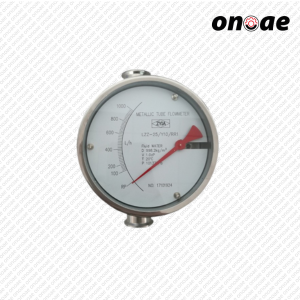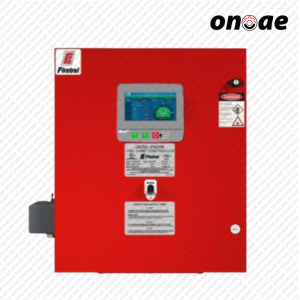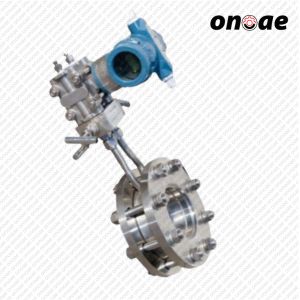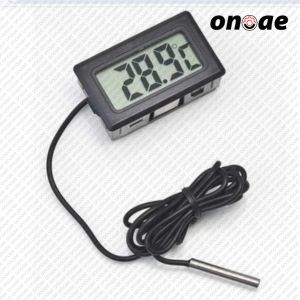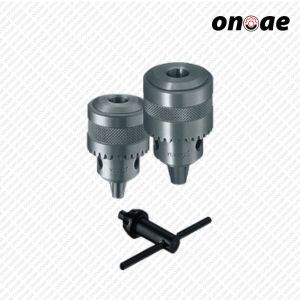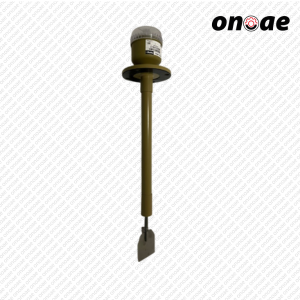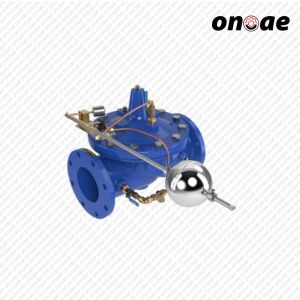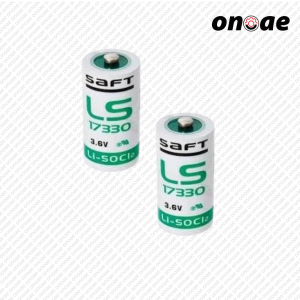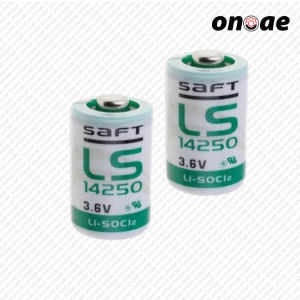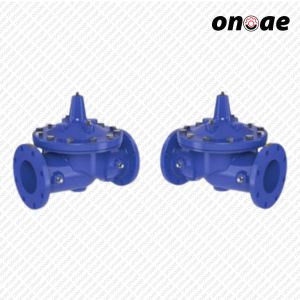Description
EGE ultrasonic sensors for contactless measuring of distances are robust in design and waterproof (IP 67.) They are available for switching points from 10 to 3500 mm and are programmable as well.
Description of EGE AGKU Ultrasonic Distances Sensor
are transmitting and receiving ultrasonic signals. These signals have a frequency range from 65 kHz up to 300 kHz. Ultrasonic sensors can be used for several different applications, for example:
diameter detection
- loop tension
- height detection
- level measuring
- counting
Cycle period
A short ultrasonic pulse is transmitted at the time 0, reflected by an object. The sensor receives this signal and converts it to an electric signal. The next pulse can be transmitted when the echo is faded away. This time period is called the cycle period. (Fig. 1)
Sensors with
- long sensing ranges have long cycle periods and slow reaction time.
- short sensing ranges have short cycle periods and fast reaction times.

Angle of beam
The energy of the ultrasonic pulse is transmitted in form of a cone along the transducer axis. The highest intensity is on the axis and decreases with rising angles. The angle of beam is defined by the angle through which the energy of the ultrasonic pulse is reduced of 33% of its maximum value.
The best detection is given by an object that stands vertically to the transducer axis. To give a save detection, the object should not have a greater angle than half of the angle of the beam (?/2). (Fig. 2) If the object is canted at a greater angle, there is no reflection of the ultrasonic pulses. An object with a flat surface and canted at an angle of 45° to the transducer axis refracts the ultrasonic pulse at an angle of 90°. An ultrasonic pulse can be compared to a light beam.

Voltage amplitude
During the transmission, the voltage amplitude of the ultrasonic pulse is approximate 80 V PP. The pulse period of the ultrasonic pulse depends on the duration of the transmission pulse and on the ringing time of the transducer. The voltage amplitude of the received echo is in the range of ?V. (Fig. 3)

Blind zone
It is not possible to receive an echo during the transmission of the ultrasonic pulse. This time period defines the range of the blind zone. In this blind zone, it is not possible to measure a distance. (Fig. 4)


